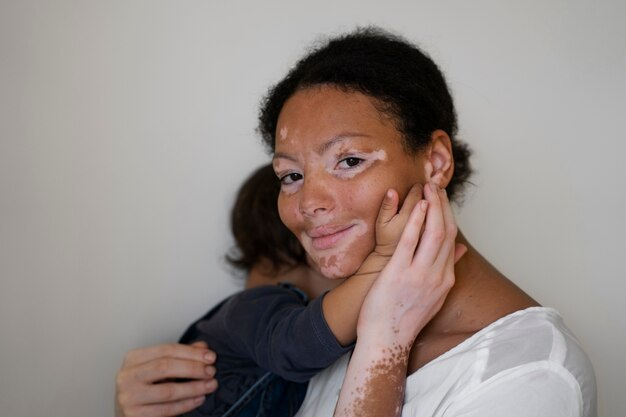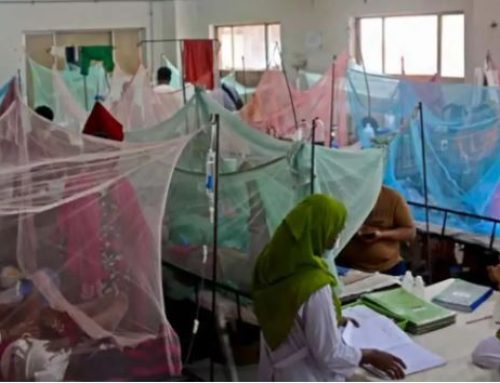Project Description
Author: Hasan et al.
Summary:
Vitiligo is a well-recognized skin disorder in developing countries including Bangladesh. The present study was conducted to assess the clinico-epidemiological characteristics of Vitiligo patients in Bangladesh.
This cross-sectional study was conducted for the period of six months. Socio-demographic characteristics, clinic-epidemiological profile and treatment patterns were evaluated among 539 confirmed vitiligo patients. Statistical analysis was performed with SPSS 21.
Among the vitiligo patients, 53.1% were female and mean age of the patients was 23.2(SD-1.5) years. Approximately 4% of the respondents had diabetes mellitus and thyroid disorder and 1.7% had hypertension. Parental consanguity was reported by 3.3% cases. The most common site of vitiligo was the face (46.9%), lower limbs (41.7%) and upper limbs (36%). Age of onset of vitiligo was 4.8 years. Of all, 89.6% had non-segmental vitiligo and 7% had segmental. 3.3% of the vitiligo remained unclassified. Physical trauma (21.3%) and exposure to sun (1.1%) were the triggering factors of vitiligo and more than half of the patients did not seek any treatment.
Non-segmental vitiligo was the commonest type of vitiligo with female preponderance in our population. Awareness about the disease, prompt management and appropriate counselling is therefore crucial to alleviate sufferings of the patients.
Keywords: Vitiligo; Auto-immune; Disease; Epidemiology; Clinical patterns; Bangladesh.
Status: Ongoing
Full text link: Not available



